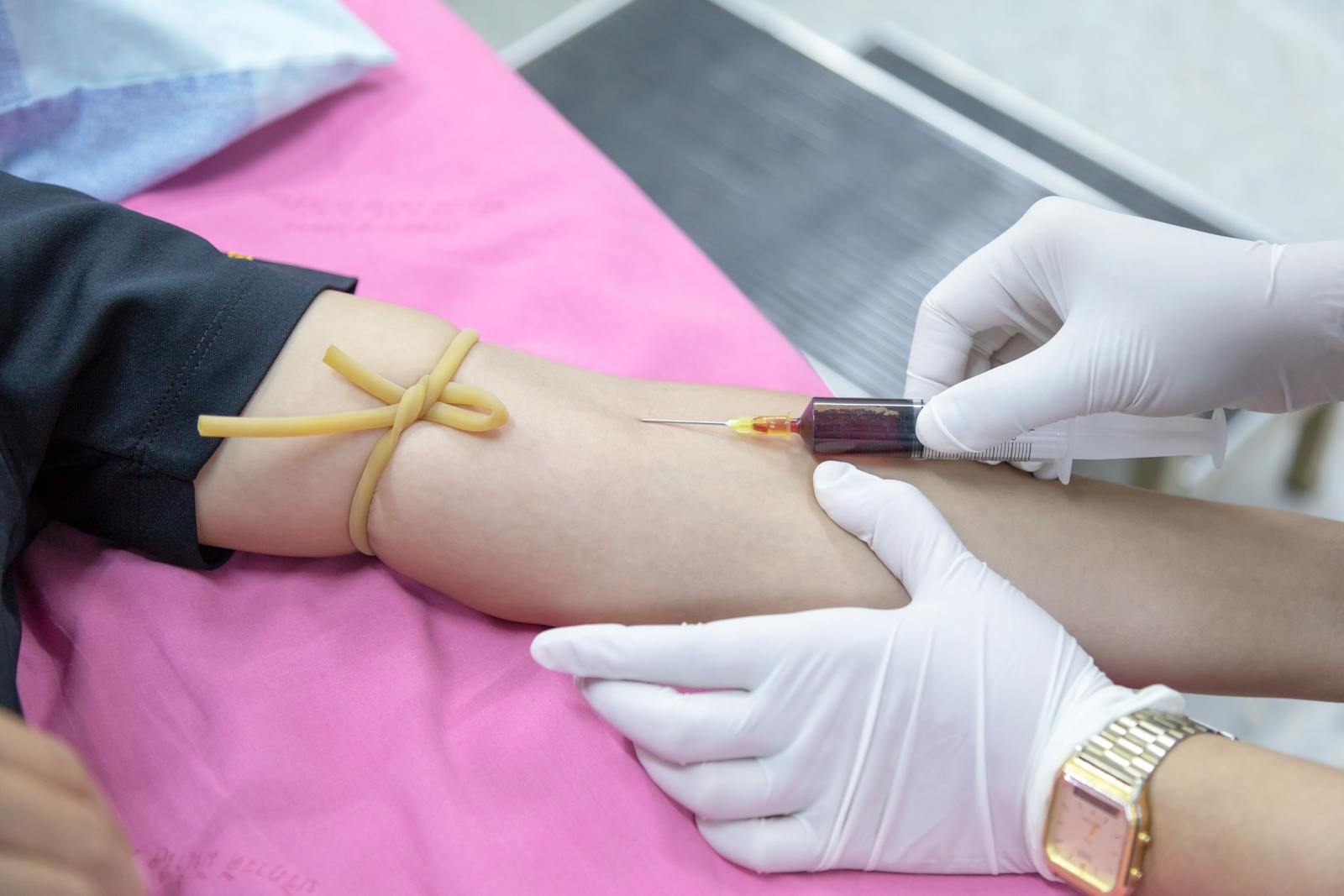Anemia is far more than “low iron.” It’s a syndrome with multiple causes, each linked to the body’s ability to produce or maintain healthy red blood cells. Left unchecked, anemia can impair oxygen delivery to tissues, undermining both neurological and cardiac functions. It’s a condition that affects adults as much as children, though misconceptions often obscure the full picture.
Not Just One Disease: The Many Faces of Anemia
According to hematologist Regina Biasoli of Lavoisier Medicina Diagnóstica/DASA, anemia is a broad term covering a spectrum of problems. The most common is iron deficiency anemia, which represents roughly 95% of cases. But other forms include:
- Megaloblastic anemia — caused by deficiencies in vitamin B12 or folic acid.
- Anemia of chronic disease — secondary to underlying conditions that suppress red blood cell production.
- Hemolytic anemia — triggered by the destruction of red blood cells.
While the causes differ, the consequence is the same: reduced oxygenation of tissues.
Why Risk Factors Matter
Both genetics and lifestyle play a role. A poor diet—lacking iron-rich foods like legumes, red meat, and liver—remains a common trigger. Pregnancy also introduces risks. While the body prioritizes nutrients for the fetus, maternal deficiencies eventually take their toll, making supplementation essential.
Can Diet Alone Solve the Problem?
For many, yes. Adjusting diet to include iron and B12 sources can correct and prevent mild cases. Nutritionist Karina Gallerani highlights that legumes such as beans and soy, alongside lean meats, help restore iron reserves. But in severe cases, diet isn’t enough—clinical supplementation or hospital-based therapies may be required.
Prevention: A Simple, Often Overlooked Step
Prevention focuses on balanced nutrition. Eating “a bit of everything”—vegetables, fruits, grains, and animal proteins—usually covers the body’s needs. The caveat: individuals with absorption issues or chronic illnesses may still need targeted medical care.
Treatment Pathways
Treatment varies by type and severity. The simplest is oral iron replacement, typically with ferrous sulfate. More complex cases—such as those involving chronic illness or significant absorption issues—require tailored hospital-based interventions. The ultimate goal remains the same: restoring red blood cell count to ensure efficient oxygen transport.
When Anemia Goes Untreated
The risks aren’t minor. Untreated anemia leads to progressive fatigue, even during light activity. But the deeper threat lies in oxygen deprivation, which can damage the heart and brain. Long-term neglect can translate into cardiac complications, neurological deficits, and overall functional decline.
Recognizing the Warning Signs
Fatigue is the hallmark symptom. But other signals include hair loss, brittle nails, and pallor. Biasoli stresses that only blood tests can confirm diagnosis—physical signs alone aren’t reliable.
Medication-Related Triggers
Certain drugs complicate the picture. Chemotherapy often induces temporary anemia, while excessive use of weight-loss stimulants, such as amphetamines, may also lead to blood deficiencies over time.
Children and Adults: Breaking the Misconception
Although anemia is often associated with childhood, adults are equally vulnerable. The emphasis on children reflects public health priorities—early anemia can jeopardize growth and long-term development. But adults also face the same risks, particularly when diet and health management falter.
Anemia isn’t a niche concern. It’s a common, often preventable syndrome with serious consequences if ignored. Identifying risk factors, ensuring adequate nutrition, and seeking professional diagnosis and treatment aren’t just medical recommendations—they’re safeguards for long-term neurological and cardiac health.




